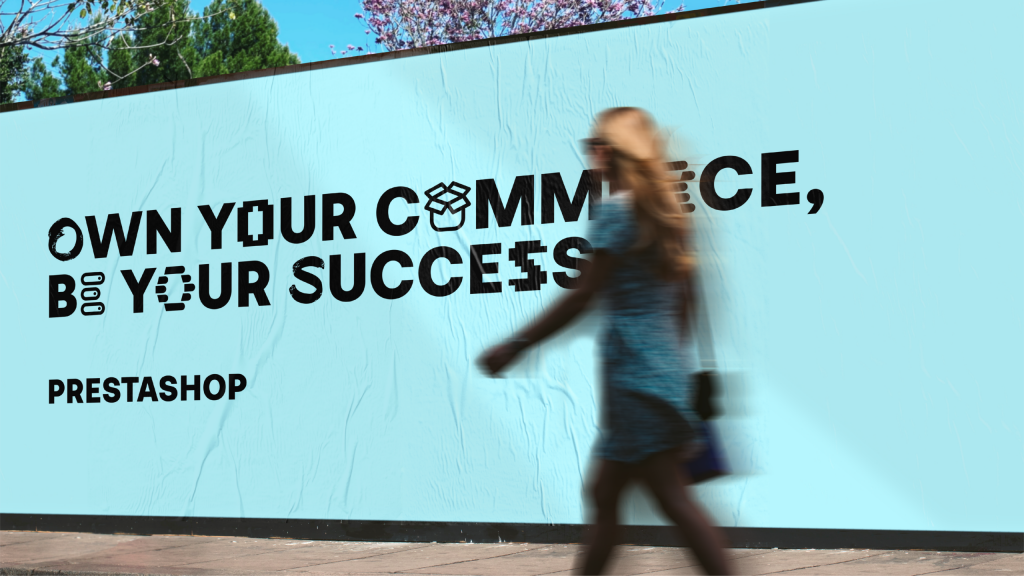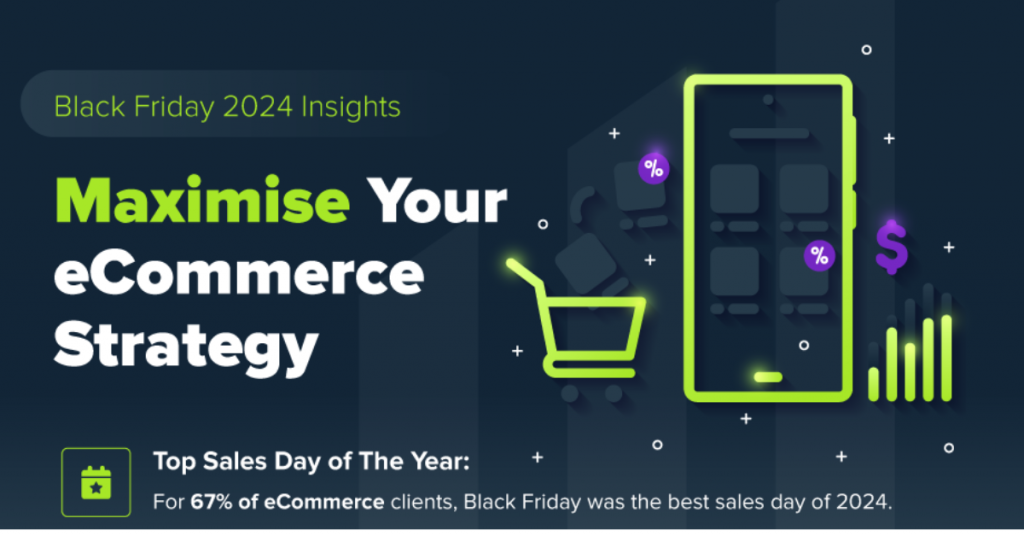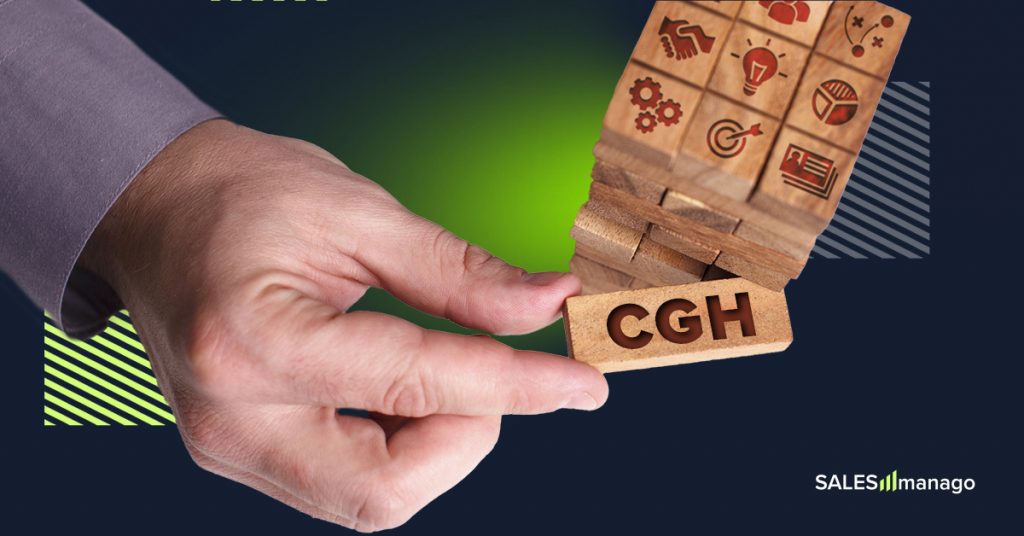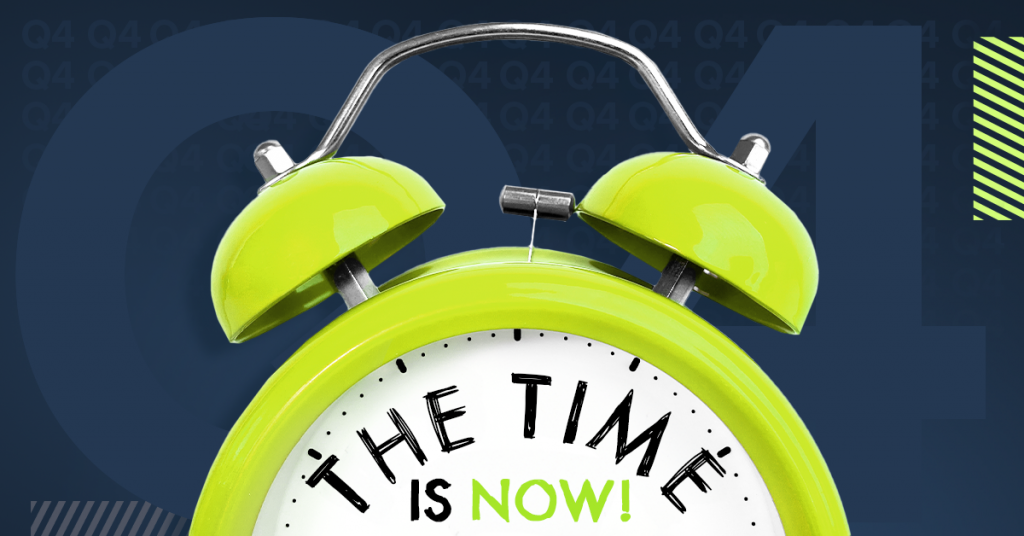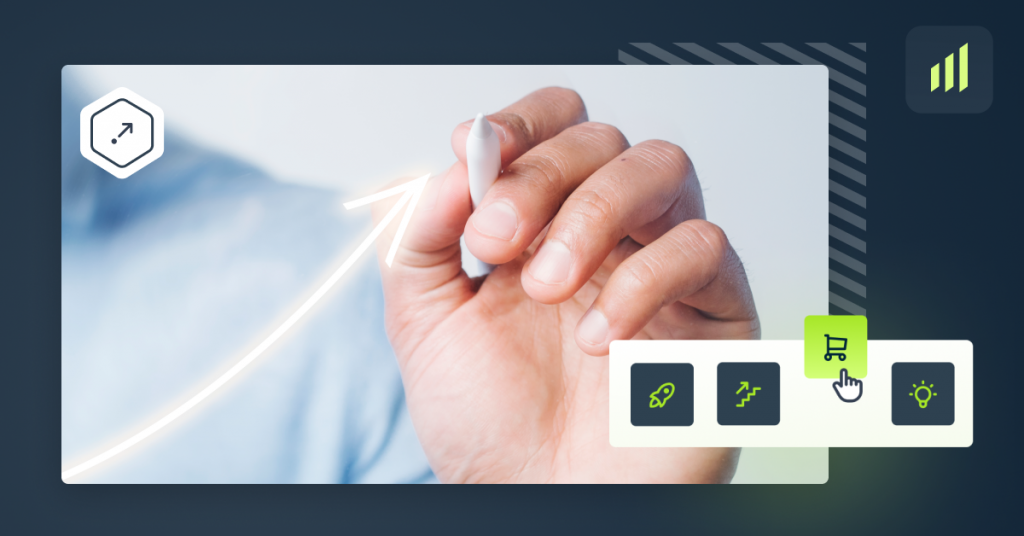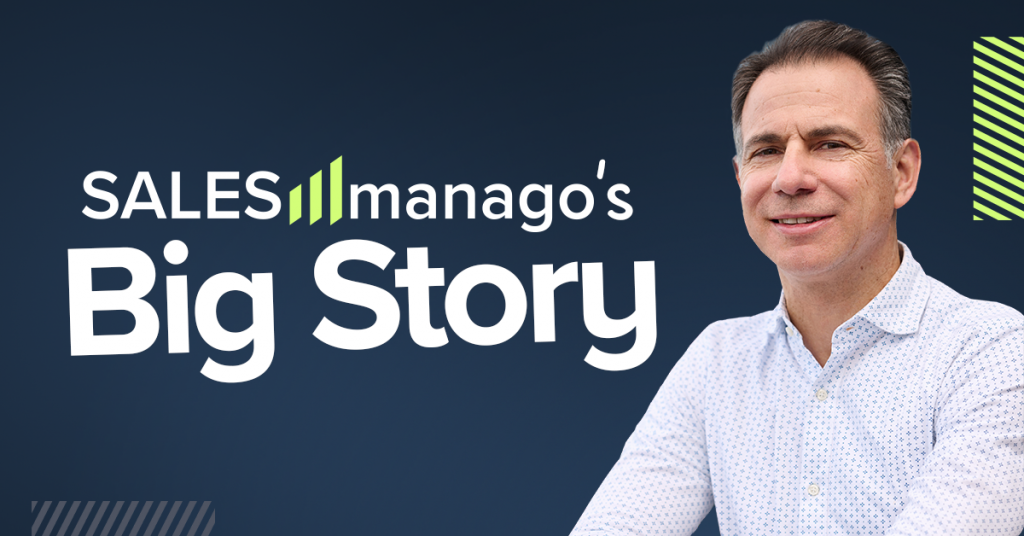Why consumers press unsubscribe buttons? Many misconceptions arise around the question. We believe it’s not about too many or too few emails but relevance and value. The other overlooked problem is permission: if your list wasn’t correctly built, no wonder that contacts leave. You can’t force someone to be with you! In email marketing, quality of the base means more than its size. The massive base doesn’t guarantee success; so don’t cling on every single address. That’s why we argue that unsubscribes aren’t that bad.
But let’s start with the initial question, which you probably asked yourself thousands of times. Why customers hit, unsubscribe link? There are 4 possible explanations.
1. They never signed up
Questionable list building tactics leads to opt-outs. If your recipient didn’t subscribe in the first place, they wouldn’t stay with you for long.
10 Commandments of Email Marketing. Download the Free Guide
Solution:
- Grow your list organically. Add only people who declared that they want messages from you. Get permission before you send any email. Don’t buy lists and apply a double opt-in.
- Scrub your list clean. Each email addresses base decays at the rate of 25% per year. It’s a natural process: people change email addresses and workplaces, some lose interest in your offer. You should both ensure that you get enough new users in their stead and remove inactive contacts. A list full of idle emails is unreliable, doesn’t give you an adequate picture of your audience and might lower deliverability of your campaigns.
2. They don’t realize they signed up
Let me explain it from the recipient’s perspective. Anna finds an interesting whitepaper during her research and types her email address in the box to access it. As a result, she gets showered with spam from a company whose name doesn’t ring a bell (and she can’t even associate it with the material she downloaded). “I didn’t sign up for any of that,” Anna thinks as she hits unsubscribe button.
Offering free content to be exchanged for email addresses is a great Lead Generation tool, but it won’t work if you don’t inform visitors that you’ll send them mailings.
Solution:
- In the forms, be clear and tell the customer what will she receive. If you’re going to add someone to your mailing list, don’t conceal that fact! If it slightly lowers the number of downloads — don’t worry! You’ll get more motivated people (leads of higher quality). If someone were to download the paper and ignore your newsletters, she wouldn’t deliver much profit, would she? You can use pre-ticked boxes to signal that downloading entails opting in to the mailing list.
- Use welcome messages. It’s a great opportunity to say hello and welcome a new contact on your list. Also you might encourage her to set her own submit email frequency and interests preferences. That practice decreases the possibility of opting out.
3. They feel they get too many messages (communication fatigue)
53% of consumers declare that they get too many emails from brands. In fact, email marketers often under- or overestimate frequency that recipients wish to hear from them.
But it also points out to another issue: the sense of message overload might stem from communication fatigue and the quality of emails, not the quantity. If users receive irrelevant information or boring content, they will perceive any number of emails as excessive. Before you reduce the number of emails, make sure that the problem doesn’t lie in the subjective feeling of irrelevancy.
An example? If your male customers get offers of women’s clothing, they’ll find it useless. If you offer someone a product she already bought, it might alienate her. Such bulk messages waste recipients’ time.
The other reason might be overdoing promotional emails. If you shout, “Buy!” in every message, your audience sees you as self-centered and closed to customer’s needs. That’s why you should send not only product messages, also include something useful or beautiful or funny or informative for your recipients. To show that you care for them, not just reduce them to their wallets.
Solution:
- Test email frequency. It might turn out that sending fewer messages will increase their effect. Be serious about user’s feedback.
- Allow users to choose how often they get emails. Opting down is sometimes a good solution.
- Personalize the messages. Give up one size fits all plan and tie email timing, frequency and content to the customer lifecycle. To do so, you must open yourself to other forms than a simple bulk newsletter.
- Segment your audience. Use tags to group your users and send some messages only to carefully targeted groups, such as women, loyal customers (with high scoring), people who bought given product, etc.
- Use dynamic 1-to-1 messages. An email can be triggered by a predefined user’s action, such as visiting a page or abandoning a shopping cart or participating in a webinar, or by a lack of action. 1-to-1 messages respond to user’s needs at the moment.
- Understand audience and be up-to- date with their preferences. Don’t stop testing: if one newsletter per week works for now, it doesn’t mean that it will be forever like this. Your base changes: some people drop out, others join you. Be ready to react if it evolves.
- Apply the 80/20 rule. Only 20% of your messages should be strictly promotional. Use the remaining 80% of emails to educate and build a relationship. If that sound too much, try increasing the amount of non-promotional content and see how it performs.
4. Email looks bad
The problem: your message is cluttered and unprofessional, lacks clarity, or the images don’t show.
Or maybe the recipient can’t properly view it. With more than 50% opens occurring on mobile, so if you don’t design for mobile, your messages might simply be unreadable.
In the effect, users have no idea what do you want.
The problem might come either from bad email composition, or bad design. Here’s how to fix it.
Solution:
- One message per email: to increase email’s clarity, be sure that you tell one thing and one thing only in the message. If you offer a product, a webinar and joining a loyalty program in one message, that’s
- Don’t rely on images. An email software for many reasons might not show or load them slowly, so be sure that even without images your recipient gets the idea.
- Test it (also on mobile devices). With more than 50% of email opens occurring on mobile devices, you need to make sure that your creation is responsive and mobile —friendly. Ensure it looks well on various devices.
Why unsubscribes don’t hurt
Paul St Jacques encourages unsubscribes and even deletes contacts himself if someone hasn’t been opening or clicking on the links in the messages for a longer time. Yes, he deliberately removes email addresses. It might seem counterintuitive, but unsubscribes can save you money. Marianne Taylor lists 5 reasons why losing contacts benefits you:
- You pay less for email marketing. Most platforms are priced according to the number of contacts. There is no point in paying for emailing people who don’t want to buy from you!
- It shows that you were not right for each other. The difference between you would come out anyway. The sooner, the better!
- It pinpoints weak elements in sales funnels. You can spot the problem and fix it.
- It motivates you.
- It helps you hone in on your target audience. You please some, and you put others off. It means the brand has a personality and evokes emotions. Unsubscribes are the price you pay for authenticity.
How to reduce email unsubscribes?
Let’s sum up the tips mentioned above:
1. Grow your list organically and keep it clean. Run regular win back campaign to reactivate idle users and remove addresses that don’t respond.
2. Say clearly what user opts in to.
3. Send welcome messages or welcome cycle.
4. Personalize your messages. Use segmentation and add 1-to-1 dynamic messages to your arsenal. To obtain more actionable user data, move email marketing to Marketing Automation platform.
5. Ensure that non-sales emails constitute a substantial share of your communication.
6. For the sake of clarity, deliver one message per email.
7. Don’t rely on images. Your message must be understandable even if they aren’t displayed.
8. Run tests.
Also:
- Create a remarkable unsubscribe email or landing page. Let the customer know she will be missed. You might also use humor and offer alternatives to opting out.
- Know your opt-out rate and monitor it to indicate patterns. When recipients flee? What type of user unsubscribes most often? What kind of messages triggers opt-outs?
- Don’t hide unsubscribe link. You can’t force anyone to read and click your messages. Annoyed recipients will mark you as spam or automatically filter your emails and delete them.
- Know that some amount of unsubscribes is inevitable and healthy: it keeps your list quality high. Tight list of responsive subscribers outperforms a crowded and inaccurate base. Sometimes they don’t want to opt down; they want to go. Let them.
And what do you think? Why your subscribers opt out? Does it happen often? How do you feel about it?
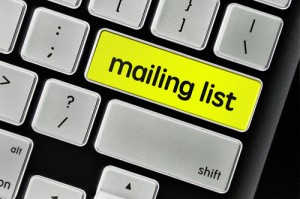
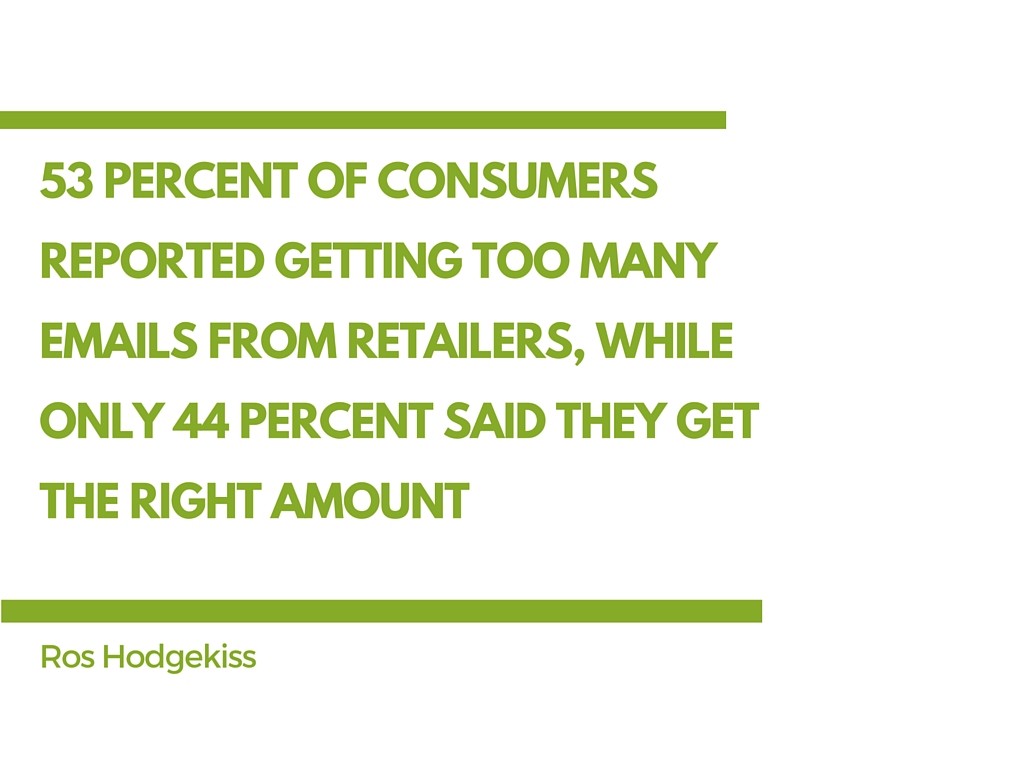
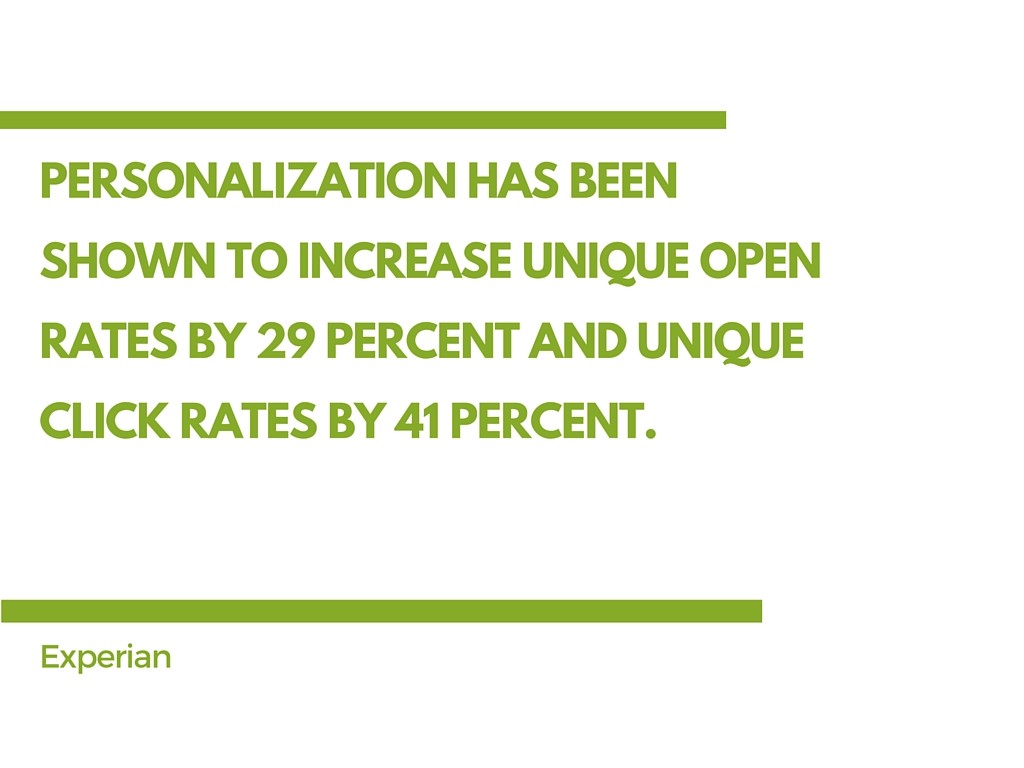
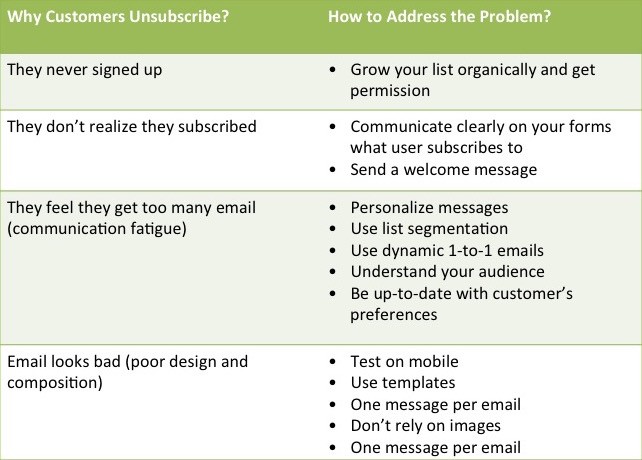
 Follow
Follow









